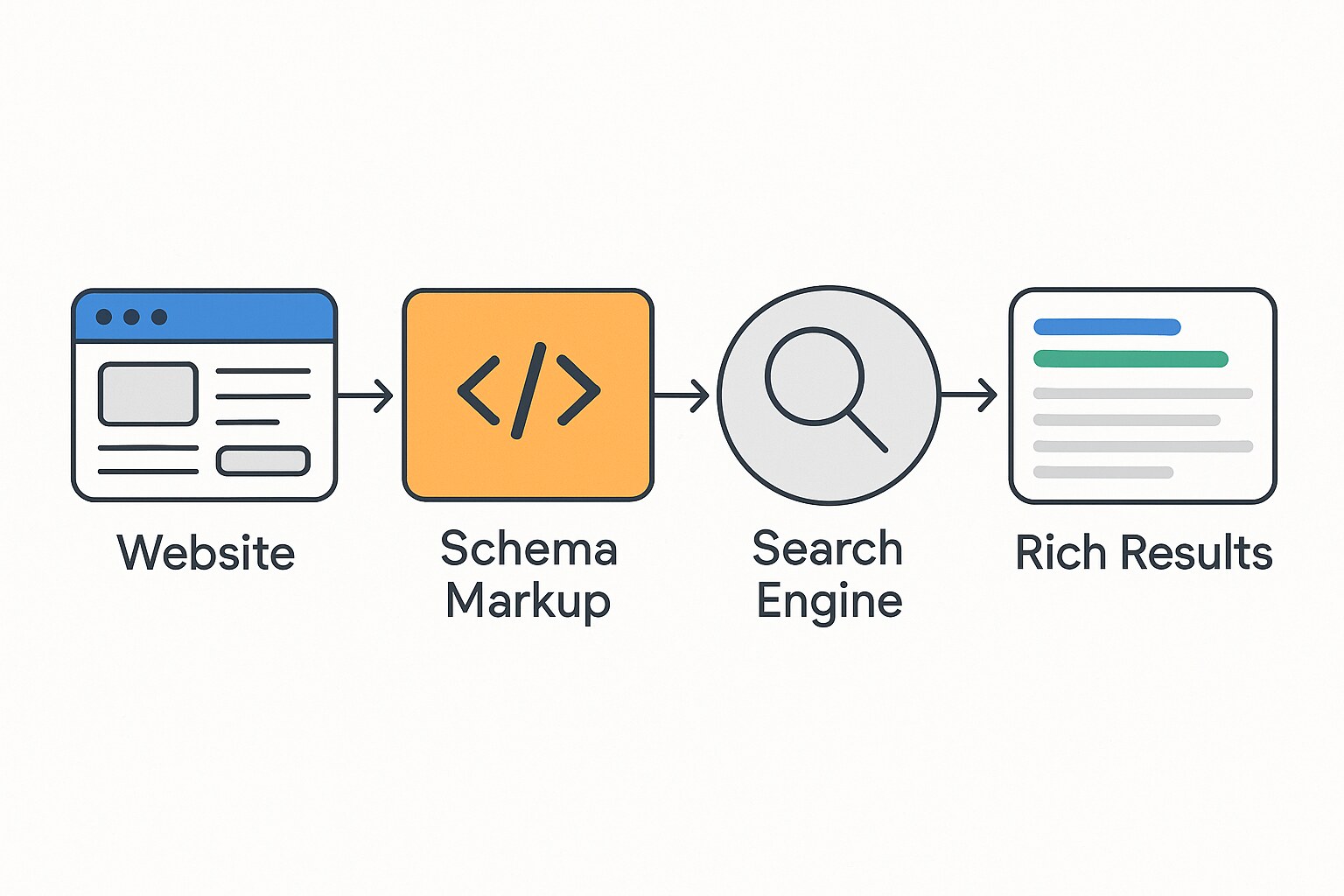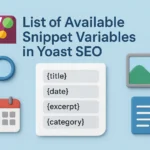
Schema markup is more than an SEO tactic—it’s a powerful growth strategy that can transform your website’s visibility and support AI initiatives. When implemented at scale, schema markup enhances search engine understanding, improves search visibility, and drives long-term business growth. But achieving these benefits requires a clear, strategic approach. If you’ve never implemented Schema markup, consider partnering with an Orange County SEO Agency like Rankwise. They have experience deploying schema for clients at scale.
Understanding Schema Markup and Its Benefits
Schema markup is structured data added to your website’s HTML code. It helps search engines understand your content better, leading to richer search results and improved click-through rates. But when scaled, it becomes even more powerful. Scaling schema markup means going beyond basic rich snippets to creating a comprehensive knowledge graph of your content. This knowledge graph helps search engines, AI, and other digital platforms fully understand and contextualize your brand.

Define Your Goals for Schema Markup
Before implementing schema markup at scale, you must clearly define your goals. Are you aiming for rich search results that drive higher click-through rates? Do you want to improve how AI systems understand your content? Or are you focused on creating a robust content knowledge graph that supports search and AI initiatives?
Schema markup can benefit various industries, including law firms seeking to enhance their online presence. For attorneys, properly implemented schema can ensure their practice appears in local search results, attract qualified clients, and demonstrate expertise through structured data like legal services, attorney profiles, and client reviews. If you want your law firm to stand out, our specialized Attorney SEO Services are designed to help.
Types of Schema Markup
There are three levels of schema markup you can use depending on your goals:
-
Basic Schema Markup
This is the simplest form. It involves adding structured data to your pages to achieve rich results, such as star ratings, product details, or FAQ sections. These rich results improve visibility and can boost your click-through rate.
-
Linked Entity Schema Markup
This takes schema to the next level. It links entities within your content—such as people, places, products, or services—to external knowledge bases like Wikipedia, Wikidata, or Google’s Knowledge Graph. This helps search engines understand the relationships between entities on your site and improves your visibility for non-branded search queries.
-
Content Knowledge Graph
The most advanced level, this creates a complete, semantic representation of your website’s content. It helps search engines and AI systems understand your site in context, improving your visibility and enhancing your AI capabilities.
Cross-Functional Collaboration
Scaling schema markup isn’t just an SEO task—it’s a team effort. To do it right, you need support from multiple departments:
- Content Teams: They ensure that your pages have the right content to support schema markup. They may need to update content or create new content that aligns with your schema goals.
- IT Teams: They implement and maintain schema markup. This includes creating the markup, ensuring it loads properly, and maintaining data accuracy.
- Executives: They provide strategic support and funding. By understanding the business benefits of schema markup, they can allocate resources to support your schema strategy.
Capability Readiness for Schema Markup at Scale
Scaling schema markup requires technical readiness. For basic schema, your team should be able to map schema properties to the appropriate content on each page. For linked entity schema, you need the ability to identify, define, and link entities to internal and external data sources. For a content knowledge graph, you need natural language processing (NLP) capabilities to understand and define the relationships between entities.
Ongoing Maintenance and Optimization
Schema markup is not a set-it-and-forget-it strategy. As your content evolves, your schema must be updated to maintain its effectiveness. Regularly audit your schema markup to ensure it aligns with your content and business goals. Monitor search performance and AI metrics to see how your schema is impacting your visibility.
Why Schema Markup is a Business Growth Lever
Schema markup is more than an SEO tactic—it’s a driver of business growth. By improving search visibility, supporting AI initiatives, and enhancing your brand’s digital presence, schema markup can deliver significant value. Scaling schema markup strategically helps you build a strong digital foundation, ensuring your brand is well-positioned for the future.








Great read! Schema markup is a very great SEO tool, glad you highlighted its impact on visibility and click-through rates. Thanks for breaking it down in a simple way!
Quite useful information on schema markups.